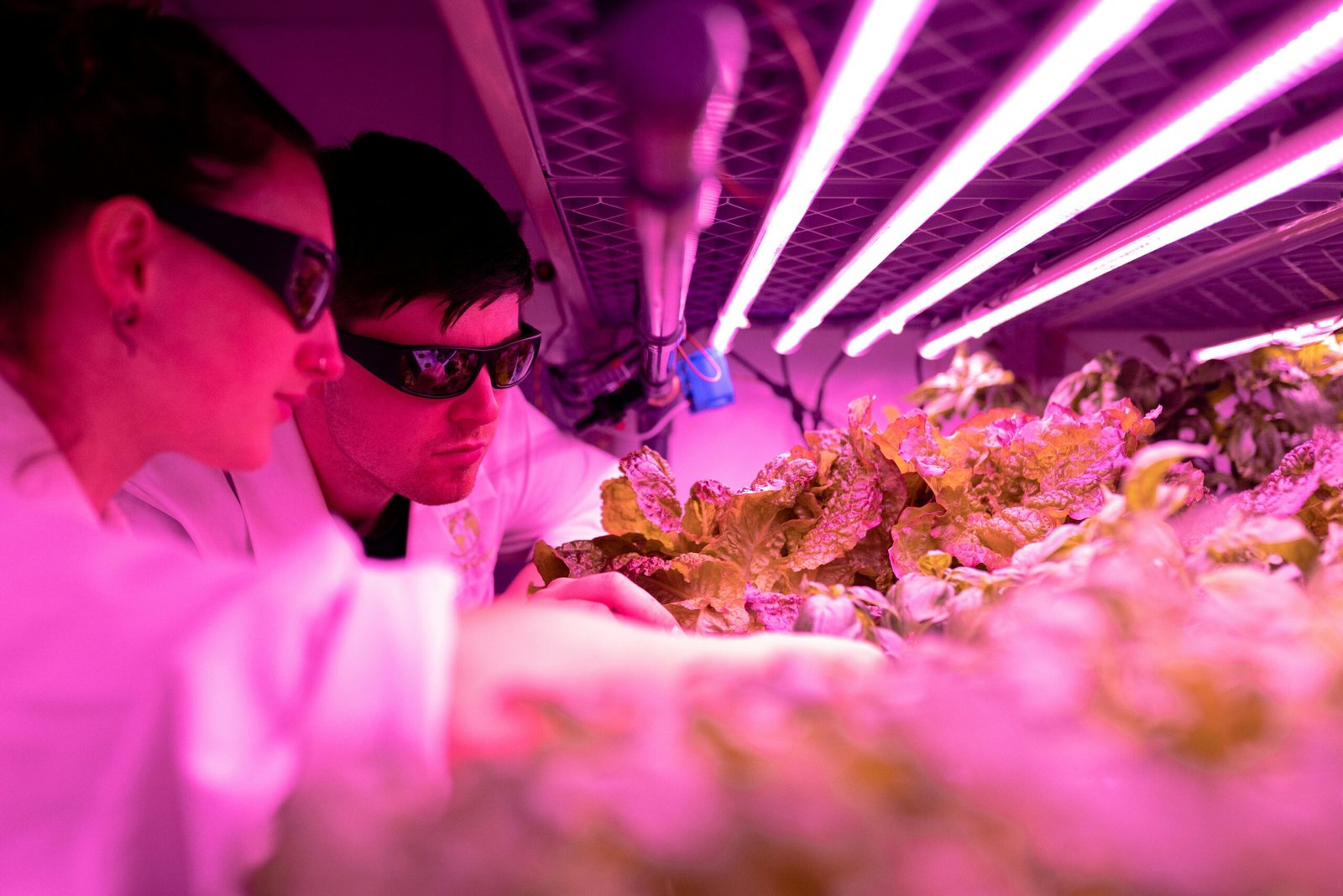
Understanding Genetic Engineering
Genetic engineering has rapidly advanced over the past few decades, leading to remarkable breakthroughs in various fields such as medicine, agriculture, and biotechnology. As we step into 2024, the significance of these developments is more pronounced than ever, providing us with a clearer understanding of their potential impact on our lives.
Table 1 Summarizing the latest innovations in genetic engineering as of 2024
| Innovation | Description | Potential Impact |
|---|---|---|
| CRISPR-Cas13 | An advanced version of CRISPR technology targeting RNA instead of DNA. | Offers potential for treating RNA-based diseases. |
| Base Editing | Precise editing at the single nucleotide level without double-strand breaks. | Reduces off-target effects and increases editing accuracy. |
| Prime Editing | Combines aspects of CRISPR and reverse transcription to make precise DNA changes. | Broadens the scope of genetic corrections possible. |
| Gene Drives | A method to spread specific genetic traits through populations rapidly. | Could help control disease vectors like mosquitoes. |
| Synthetic Biology Circuits | Engineered gene circuits that can perform complex computations within cells. | Potential applications in medicine, bio-manufacturing, and more. |
| Epigenome Editing | Techniques to modify gene expression without altering the DNA sequence. | Offers new avenues for treating diseases linked to gene expression. |
| mRNA Therapeutics | Using mRNA to direct cells to produce therapeutic proteins. | Advanced the development of vaccines and protein therapies. |
Latest Innovations and Ethical Considerations in Genetic Engineering
Recent innovations in genetic engineering, including CRISPR technology and gene therapy, have opened new avenues for treating previously incurable diseases. In 2024, researchers are poised to explore the full potential of these tools, addressing not only the scientific challenges but also the ethical considerations that accompany such powerful technologies. Public discourse surrounding genetic modifications, particularly in humans, is intensifying, pushing for a balanced approach between progress and morality.
The Future Landscape of Genetic Engineering
As genetic engineering continues to evolve, its applications are expected to expand significantly in 2024. From bioengineered crops designed to thrive in changing climate conditions to personalized medicine tailored to individual genetic profiles, the possibilities seem limitless. However, it is essential for scientists and policymakers to collaborate in formulating regulations that ensure safety and equity in accessing these advancements. By fostering an informed dialogue among stakeholders, we can hope to harness the benefits of genetic engineering while mitigating its risks.




